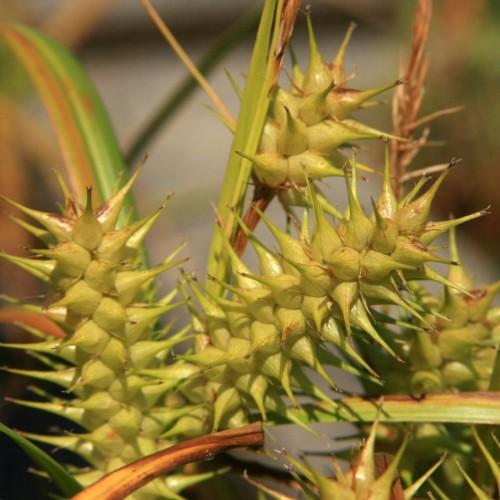
Shore Line Sedge
Carex hyalinolepis
Watering:
Minimal
Hardiness Zone:
Flowers:
Flowers
Sun:
full sun,part shade
Leaf:
Yes
Growth Rate:
Low
Drought Tolerant:
Yes
Care Level:
Medium
watering
Host Sedge should be watered every 1 to 2 weeks, depending on soil and weather conditions. In times of extreme drought, it may need to be watered more often. When watering, make sure to soak the soil deeply to encourage the roots to grow downwards. This plant species may need more frequent watering in the extreme heat of the summer months. During the early spring, water it lightly to allow the plant to become established. In fall and winter, you can give it less water, as the temperatures are cooler and the soil holds onto more moisture. It is also important to make sure that the soil doesn't become soggy, as this can lead to root rot.
sunlight
Host Sedge (Carex hostiana de) is a moderately shade tolerant plant species that best grows in full sun or partial shade. Optimal ratings for sunlight are 4-6 hours a day including early morning sun. Morning sun will provide the plant with adequate light to help promote the formation of photosynthesis, which is much needed for plant growth and development. When in full sun, the plant should be watered regularly as it is prone to drought. It is important not to over water as too much water can cause the plant to rot and even die. When the Host Sedge is placed in partial shade, this type of light is more muted than direct sunlight and can help the plant to develop slowly. In terms of afternoon sun, the plant should be kept away from intense rays of light to minimize the risk of scorching and burning.
pruning
Host Sedge should be pruned at the end of summer or early fall once the plant has flowered. Pruning should be done with sharp clean shears. The plant should be pruned to a height of about 3-4 inches, taking care to not damage the leaf or flower stems. Removing spent flower heads will encourage the development of new growth and keep the plant looking tidy. Regular pruning can help to maintain the plant's dense, mounded shape.
